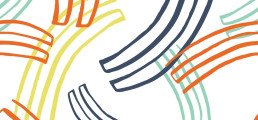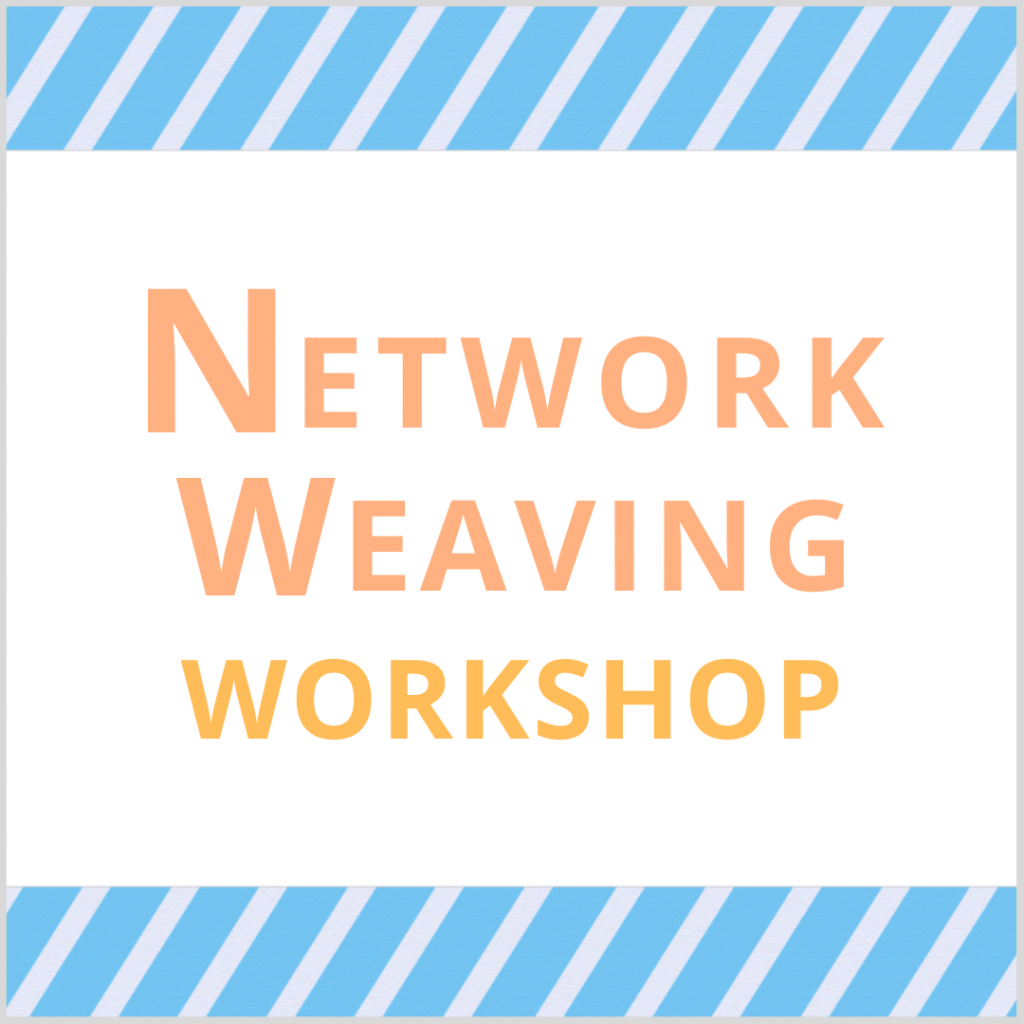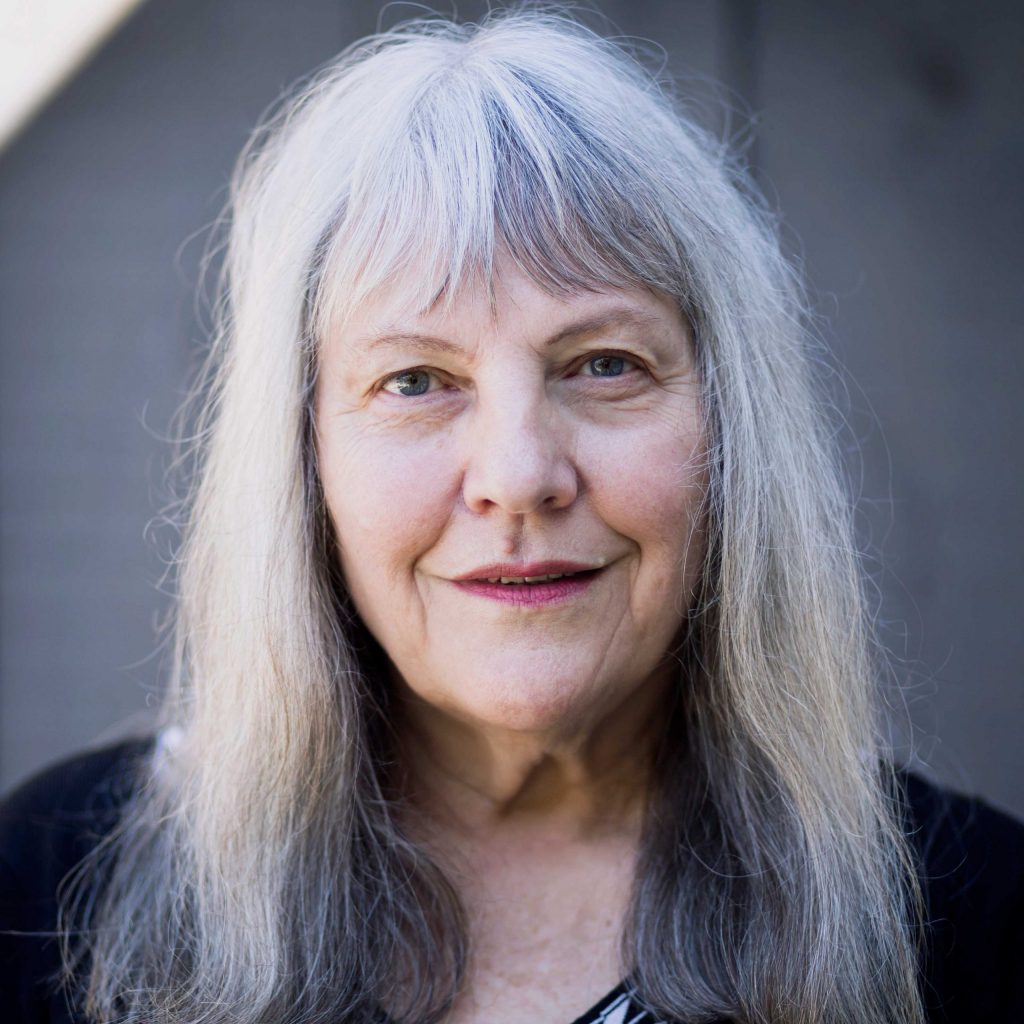What is Network Weaving? - Q & A with June Holley
June Holley is a Wellbeing Blueprint signer who has been weaving networks, helping others weave networks and writing about networks for over 40 years. We recently sat down with June to define network weaving and help us understand how it can be a game changer in building our collective capacity to bring about social change.
Q: What is network weaving?
A: Network weaving is something that we all do. It’s paying attention to the relationships around you and noticing who’s missing, who’s not being listened to, and helping create healthier, deeper relationships. You do this by bringing new people in, by connecting people within your existing networks, and helping them get to know each other so they can work together.
Q: What is the difference between networking and network weaving?
A: When people think of networking, they think of passing out business cards to people at a conference and selling themselves. So networking is all about yourself. But when you move to network weaving, it’s about the community. It’s about the people around you and helping them build a network that can be capable of support and action. It’s a pretty different thing.
Q: What does network weaving have to do with building a country where everyone has a fair shot at wellbeing?
A: The concept of wellbeing is really complex and there are a lot of pieces to it. It might be about health access, it might be about creating a safe community. But before people can begin to work and co-create these kinds of things in their community, they need to know each other deeply. They need to be able to trust each other so they can work together. Working on the network and relationships is about creating the foundation, the fertile ground, on which aspects of wellbeing can emerge. So the more time you invest in building relationships, the easier it will be to work together on wellbeing.
Q: What’s one thing someone can do to start network weaving?
A: One of my favorites that you can do at every meeting you have is called speed networking. It’s a way to help people either get to know people that don’t know each other, or help to deepen relationships.
It goes like this: you ask people to stand up and find somebody they don’t know or don’t know well. And then you give them a juicy question like, “What’s keeping you up at night?” Or “What’s something about yourself that not many people know?” And you give them about five minutes to talk back and forth. Then you have the group come back together to debrief. You can ask them what made their partner a good listener. People will list things like eye contact, nodding, asking good questions, feeling really heard, etc.
Now that the group has established some guidelines for good listening, you ask everyone to pay attention to their listening skills in the second round. Then you give them another question, they go off and talk to somebody different this time. After the group reconvenes, everyone can share out the difference they noticed during this round. Often people will say they noticed themselves being a better listener and getting more out of the conversation.
There are lots of very easy, small things that you can do to interact with people in new ways that are much healthier and lead to much more effective and interesting actions.
Learn More
- For tools, resources and events, visit dev.networkweaver.com.
- For an introduction to June’s thinking around network weaving, check out her collection of posts on Medium.
- To ask questions and connect with a community, join the Network Weaving Facebook group.
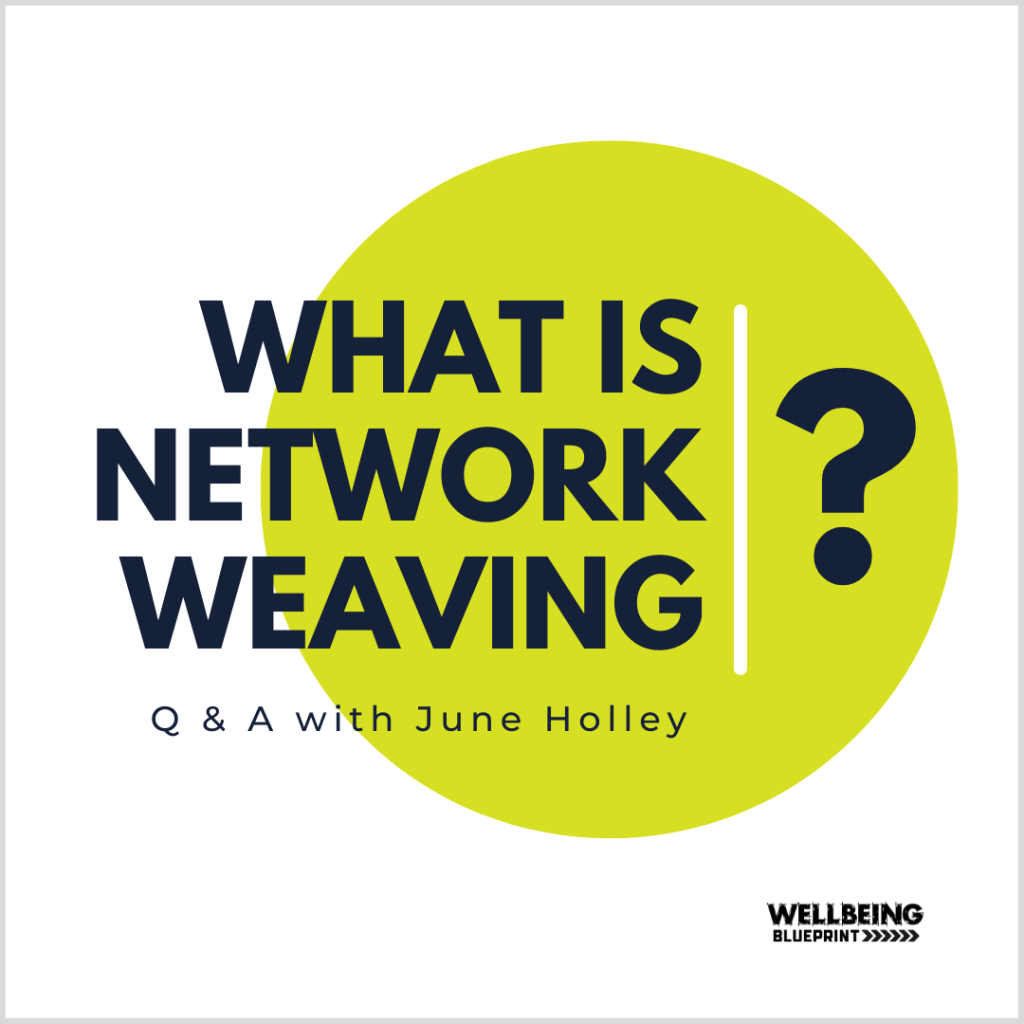
You can also download a pdf with a link to this interview to save to your personal library by visiting the Network Weaver Resource Page.
Originally published at Wellbeing Blueprint

Network Weaver is dedicated to offering free content to all – in support of equity, justice and transformation for all.
We appreciate your support!
donate in the box above or click here
Energy System Science for Network Weavers: A Summary
“Culture is a verb.”
– Rowen White, Seed Keeper, activist and farmer from the Mohawk community of Akwesasne
“It’s all about how things are flowing.”
– Gwen McClellan, acupressurist and holistic healer
“A living body is not a fixed thing but a flowing event, like a flame or a whirlpool.”
– Alan Watts, philosopher and writer
“Seeing energy flows so that we can engage with them in positive ways is not some mystical, esoteric art, but the role of engaged human beings.”
– Joel Glanzberg, permaculturist and sustainable builder
Last week I teamed up with Dr. Sally J. Goerner, who stewards a transdisciplinary team of researchers and practitioners in the Research Alliance for Regenerative Economics, to offer an interactive session to The Weaving Lab on the Energy System Sciences and how they might support network weavers working for social change in a variety of contexts. Energy System Sciences (ESS) is “an umbrella term for disciplines that use the study of energy flow networks to understand the laws of systemic health, growth and development in living, nonliving and supra-living systems.” ESS disciplines include: Chaos, Complexity, Resilience, Ecological Network Analysis, Self-Organization Theory, Nonequilibrium Thermodynamics, Panarchy, and others. It was a lot to present and absorb and process during our short 2 hour session, and so I have made an effort here to summarize and simplify …
Everything is made up of energy, so says “western” science and also many wisdom traditions (think spirit or chi) and indigenous peoples (see Sherri Mitchell), but many of us often don’t like to use the word “energy” (too woo woo). And perhaps that is to our detriment! Switching from a “matter” orientation about everything to an “energy” view can help us see and do things differently.
Systems are complex networks of interconnected “parts” that work together. Flows of energy of different kinds are crucial for a system to function (carbon in the biosphere, traffic in cities, supplies and information during a disaster response, ideas and emotions in a social group, nutrients on a farm, money and other resources in economies).
The Energy System Sciences (ESS) see all systems as “flow networks” or structures that arise from the circulation of resources, information, nutrients, etc. Thinking through the lens of flow, systemic health can be seen as being based on things like: investment and re-investment of key and diverse resources, healthy outflows (not polluting or poisoning the ecosystem), the velocity and spread of resources in the system, cross-scale circulation, etc. The nature and quality of these flows determines how systems are able to adapt and evolve in healthy and health-promoting ways.
ONE BIG PROBLEM now is that there is a dominant narrative stemming from the power and influence of oligarchy (rule of and for the few) and oligarchic capitalism (economies that are run by and support the few), which seeks to increase the wealth of “elites” at the expense of most people and the planet. Narrative, in contrast to story, is a way of looking at the world. In a sense, it’s a big story that influences thought, meaning and decision-making. The dominant oligarchic narrative and view is grounded in things and beliefs like “the divine right of capital and kings,” a master/slave mentality, dominance, supremacy ( based on race, gender and other markers of identity), narcissism, coercive hierarchies, “survival of the fittest,” and self-interest.
The oligarchic view cuts against the evolutionary promise of the Energy System Sciences in that it gets in the way of the kinds and qualities of flows needed to keep the whole body of humanity healthy and in right relationship with the planet. It prevents pro-social and pro-ecological evolution. For example, at a smaller scale, if we only privilege a certain part of our physical bodies (our heads or brains) over and at the expense of other parts of our bodies (for example, our hearts, our guts), this can have damaging impacts for the neglected parts and our entire bodies, and diminish our intelligence. Science is increasingly showing that our hearts and guts give us access to important information about the world around us. And our health and development are being shown to rest upon more integration and coherence between the different biological systems that make us up (digestion, vascular, nervous, etc.).
Against the oligarchic capitalist view is another view of humanity as being a collaborative learning species that can ground itself in common-cause and cooperative culture (including values of equity, justice, fairness, trust, transparency, mutualism) and seek resilient and regenerative economies and other systems that guarantee long-term human thriving for the many and for the diverse and not just the few and the alike. This narrative and set of beliefs aligns with the Energy Systems Sciences. Together they suggest that to support healthy and health-promoting webs and flows, it is important for groups of people to integrate the following core pillars, economically (especially in the etymological sense of the word – “household management”) and culturally:
- Circulate diverse resources regeneratively, at and between different scales/levels
- Create and sustain flexible and resilient structures of different and balance sizes
- Ground in common-cause values such as mutuality, trust, transparency, equity, justice, fairness, accountability
- Engaged in collaborative learning that supports intelligently adaptive responses and actions
For example, as Sally Goerner lifts up the following (it may be helpful to click on the image below):

We can also bring attention back to our own selves and how we interact with others to see how the energy system sciences can guide us. We can have stagnant energy if we are not inviting new ideas in or not releasing emotions. We can quickly get overwhelmed if we open ourselves to too much energetic flow of information or emotion, especially if it is negative or challenging. If our bodies are not structurally strong and flexible, they can be more prone to dis-ease. If our social organizations are overly rigid, they can be un-responsive to change and unable to adapt accordingly. If we are not having honest conversations with one another, that “clear the air” (and move energy through as it needs to), we can get bogged down in unhealthy interpersonal dynamics. The emotional body language and tone we convey energetically can impact our interactions with others (and flow widely in larger networks!). If we are not attending to what is otherwise sealed away in our insides (which equates with dissociation) this can also have impacts on how we are with ourselves and one another.
Bottom line: We share a hope that many more of us can become adept energy and flow scientists, artists, healers, weavers and workers as we intentionally create patterns that are the basis of the better world we sense is possible and know is necessary.
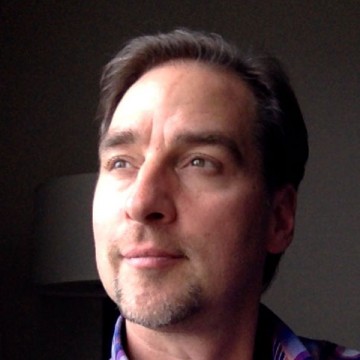
About the Author:
Much of Curtis Ogden's work with IISC entails consulting with multi-stakeholder networks to strengthen and transform food public health, education, and economic development systems at local, state, regional, and national levels. He has worked with networks to launch and evolve through various stages of development.
Originally published at Interaction Institute for Social Change
featured image found HERE

Network Weaver is dedicated to offering free content to all – in support of equity, justice and transformation for all.
We appreciate your support!
donate in the box above or click here
Seeing the World Through a Network Lens
June Holley offers Network Weaving Workshop, another training slide deck for use in your organization or network. It provides an introduction to many network concepts and includes a number of activities such as speed networking, mapping your network, and the Network Weaver Checklist.
This slide deck is particularly good for sets of organizations who are not well connected. As result of this session, they would be starting to see the world through a network lens.
The slides are offered in pdf format, but we are also sharing a link to the google slides. Create a copy of the presentation and save it as a new name in your google drive. This way, you can modify them to adapt the presentation to the particular group you are working with.
Access the Network Weaving Workshop slide deck HERE.
June Holley has been weaving networks, helping others weave networks and writing about networks for over 40 years. She is currently increasing her capacity to capture learning and innovations from the field and sharing what she discovers through blog posts, occasional virtual sessions and a forthcoming book.
featured image found HERE
